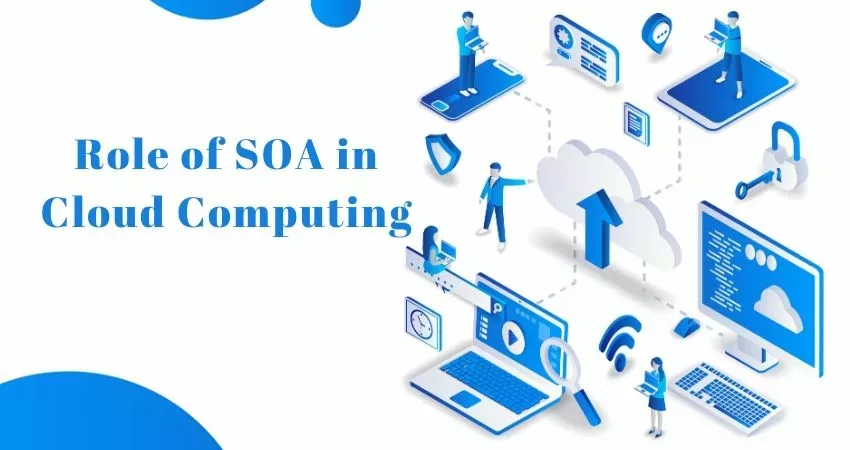Service-oriented architecture is a service-oriented approach that allows multiple service entities to communicate and share information through a single system. SOA does this by implementing a method called “loose coupling.”
Loose coupling makes the services and users to be less dependent on each other. In this way, the client applications remain uninterrupted even if the service functionality changes at any stage.
An SOA is a set of multiple services. Applications can be formed by making use of those facilities available across different platforms regardless of the languages or vendors.
The main focus of SOA in the cloud is to align users’ business with information technology and other resources better. It improves business workflows while providing-
- Access management services
- Ease of monitoring and management
- Easy data exchange
- Interoperability
- Platform-neutral approach
- Reliability
- Reusable codes and services
- Service change impact
- Straightforward system integrations
The birth of the concept of SOA goes way back to the late 1990s. Via service interfaces, the service-oriented infrastructure lays out a path to gain software elements’ reusability, without the requirement of any deep integration every single time.
Although its implementation requires a significant investment initially, SOA provides strategic goals with business value to the company, while gaining continuous advancement.
Also Read: Understanding the Concept of Confidential Computing
What are the key benefits of service-oriented architecture?
Service-oriented architecture has numerous benefits over traditional architectures in which all processes run as a single unit. Some of the key benefits of SOA include:
Faster Time to Market
Developers have the flexibility to reuse services across different businesses which saves time and costs. They can easily assemble applications faster with SOA rather than writing long forms of code right from scratch.
Efficient Maintenance
It’s easier to create, update, and debug the small services than the larger blocks. Modifying any service in SOA has no effect on the overall functionality of the business process.
Higher Adaptability
SOA is adaptable to advanced technology. You can modernize applications efficiently and cost-effectively. For example: healthcare organizations can use the functionality of old electronic health records in newer-based cloud systems.
Importance of Service-Oriented Architecture in Cloud Computing
So, how is SOA related to cloud computing?
Migrating to the cloud is a significant and practical step for any enterprise to do. With SOA integration in the cloud environment, businesses reap many benefits like enhanced performance, security, faster deployments, and better monitoring.
With the SOA, the client does not need to be familiar with any of the underlying programming languages used by the service. Its characteristics are independent of products, technologies, or vendors.
While SOA and cloud computing do exist separately and concurrently, the two technologies complement each other well.
For a seamless business transition, it’s beneficial to integrate SOA into your workloads first. This will eliminate any complexities of cloud computing integration into your business model.
Service-oriented architecture makes it easier to deploy SaaS (software-as-a-service) in a cloud platform, while the cloud supplies the processing power and other resources required for the process.
SOA and cloud integration make it easier for your organization to collaborate within, and with IT as well.
Cloud technology lays out a strong foundation for SOA through its storage and other platform services.
With SOA in their cloud computing, businesses can reuse the already designed services, making it cost-beneficial and increasing the usability of software inventory.
The reusability of existing services automatically skips the extensive and detailed testing process.
Each element in SOA is a relatively autonomous unit. So, when you extend the cloud resources to it, SOA provides strong and direct interfaces and architectures for a robust cloud computing platform.
Developers can find the required services to assemble any new application quickly. That gives the company the ability to respond to any business or technological shifts promptly.
The SOA interface successfully processes the transmission of data and information while coordinating perfectly between various applications and service activities. Enterprises gain agility in run-time response to any changes, with lesser complexity and disbursement.
You May Also Like To Read-
Here are the Top Cloud Computing Security Solutions
Learn More About Computing Environment and its Different Types
Understanding Thermodynamic Computing and its Future Impact

